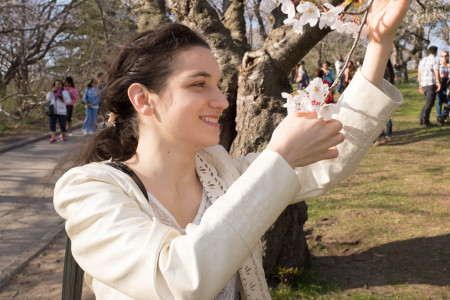Month: June 2014
Hot dog stand
Leaves and flowers
Skydiving
Insurgent motivations in El Salvador, 1987-96
“My insurgent informants made it clear to me that moral commitments and emotional engagements were principal reasons for their insurgent collective action during the civil war. Before the war, many participated in a social movement calling for economic reform and political inclusion because they had become convinced that social justice was God’s will. As government violence deepened, some rural residents supported the armed insurgency as an act of defiance of long-resented authorities and a repudiation of perceived injustices (particularly brutal and arbitrary state violence). Participation per se expressed outrage and defiance; its force was not negated by the unlikeliness of victory and in any case was not contingent on one’s participation. Through rebellion, insurgent residents asserted their dignity in the face of condescension, repression, and indifference. As state terror decreased, insurgent collective action spread across most of the case-study areas once more as residents occupied properties and claimed land for insurgent cooperatives. They did so despite their already having access to abandoned land because they took pride, indeed pleasure, in the successful assertion of their interests and identity, what I term the pleasure of agency. To occupy properties was to assert a new identity of social equality, to claim rights to land and self-determination, and to refute condescending elite perceptions of one’s incapacities. In short, insurgent supporters were motivated in part by the value they put on being part of making history.” p. 119-20 (paperback)
Wood, Elizabeth Jean. “Ethnographic Research in the Shadow of Civil War” in Schatz, Edward. Political Ethnography: What Immersion Contributes to the Study of Power. Chicago: University of Chicago Press, 2009.
Protective grating
Clara 3/3
Neil Salkus
I was sad to learn today that Neil Salkus – a chemistry teacher of mine in high school – recently died from liver cancer. He was certainly one of my most memorable teachers, with a great depth of knowledge and an even more notable ability to engage with his students and sustain their interest. He also had a remarkable memory for past students, and evidently stayed in touch with a good number of them after graduation.
One echo of his instructional method that endures is the way he described the Avogadro constant as six-point-ought-two-times-ten-to-the-twenty-three: an archaic phrasing which people used as shorthand to refer to his chemistry classes.







